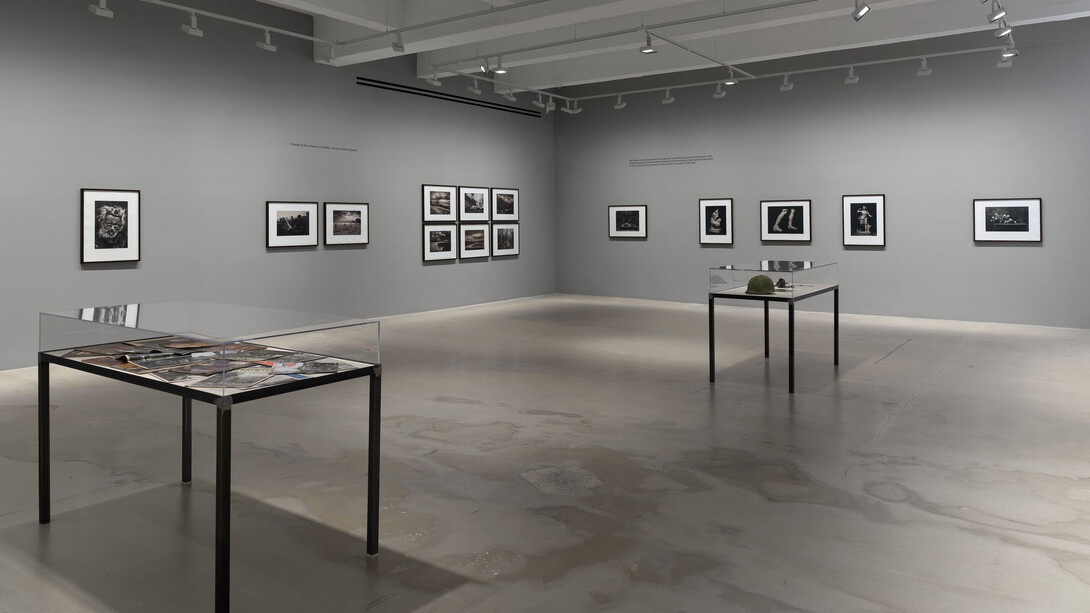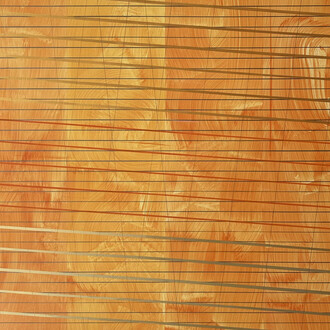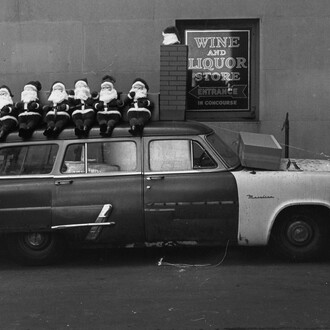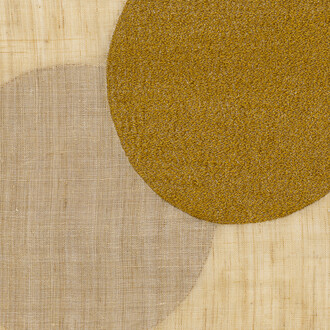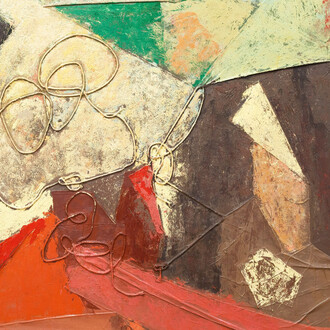Hauser & Wirth is honored to present its first New York City exhibition devoted to the work of Sir Don McCullin CBE, lauded internationally as one of the most significant photojournalists of our time. Coinciding with his 90th birthday, McCullin’s most comprehensive US presentation to date brings together over fifty works, as well as seldom seen archival materials and historical ephemera. A desecrated serenity offers a deep look at both the beauty and brutality of McCullin’s expansive archive. From the gritty unfiltered images taken on the battlefield and in postwar Britain to painterly European vistas and meticulously crafted still lifes, the exhibition reveals the twin forces that course through and characterize McCullin’s oeuvre: an innate and profound compassion for humanity and exceptional mastery of composition and process.
A desecrated serenity chronicles McCullin’s remarkable seven-decade career, including his seventeen-year tenure as special contract photographer for The sunday times, when his assignments took him to the frontlines of war across Greece, Vietnam, Biafra, Bangladesh, Northern Ireland and Beirut. It was during this time that he captured searing images such as A shell-shocked US Marine, Hué (1968). This widely circulated photograph shows an American soldier gripped by quiet distress during the brutal battle to retake Hue City—one of the Vietnam War’s fiercest conflicts—his intense expression capturing the war’s deep personal toll. A desecrated serenity presents these harrowing images alongside personal objects that speak to the extraordinary risks McCullin faced in the field, most notably his Nikon F camera that absorbed a bullet during combat. McCullin’s deep, hard-won sense of empathy, shaped by his youth living through poverty and violence in East London, is evident in these images and objects.
Examples of photographs taken during McCullin’s formative years, portraits such as The guvnors in their sunday suits, Finsbury Park, London (1958) and stark industrial landscapes––reflecting the grim realities of crime and unemployment in Northern England in the 1950s and 1960s––serve to demonstrate the photographer’s innate ability to capture sorrow and dignity in equal measure, finding poetry within bleakness, serenity within desecration. The exhibition also delves into the work McCullin made during his personal travels across India, Indonesia and the Sudan, where he often turned his lens to local communities, everyday rituals, celebrations and architecture. Intimate compositions such as India, The great elephant festival, The river gandak (1965) transcend a straightforward documentary practice and engage the viewer through their emotional charge, a result of McCullin’s empathetic exchange with his subjects.
In the late 1980’s, McCullin turned his lens toward more peaceful subjects—the landscapes of France, Scotland and England, in Somerset, where he had been evacuated to as a child during the Blitz and where he now makes his home. Rendered in richly tonal black and white, these painterly depictions of the English countryside—the place the artist himself has described as his greatest refuge—offer an exquisitely personal and poignant meditation on solitude, memory and the longing for stillness. They capture wild, windswept vistas that echo the emotional resonance of McCullin’s earlier reportage, revealing nature not merely as an idyllic escape but as a site of quiet reckoning. The same chromatic and emotional gravity carries over to a selection of still lifes inspired by the work of Flemish and Dutch Renaissance masters, as well as images of Roman statuary evolving from his Southern frontiers series, McCullin’s 25-year survey of the cultural and architectural remains of the Roman Empire. Imbued with both awe and unease, these images, like much of McCullin’s oeuvre, inhabit a space between beauty and brutality, evoking the psychological weight of history seen through the photographer’s unflinching eye and compassionate gaze.
